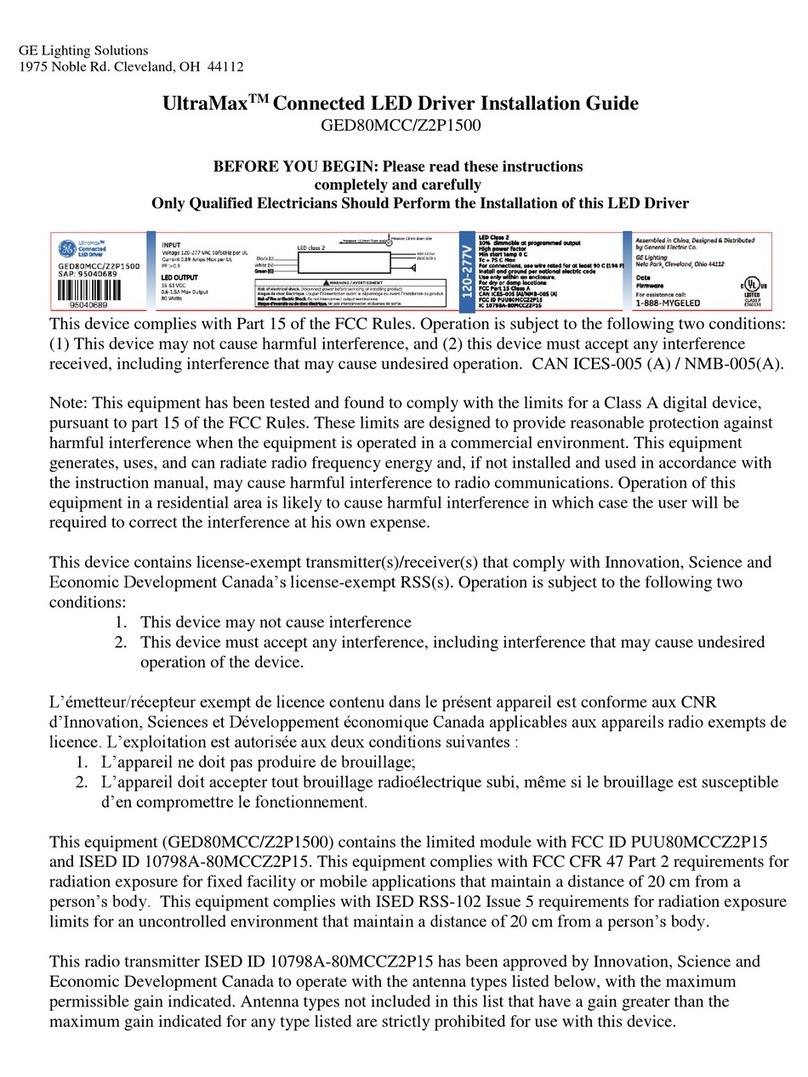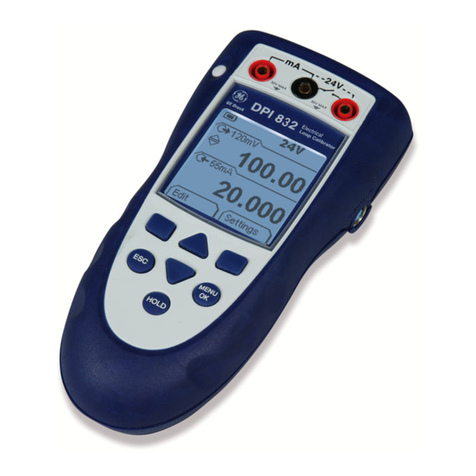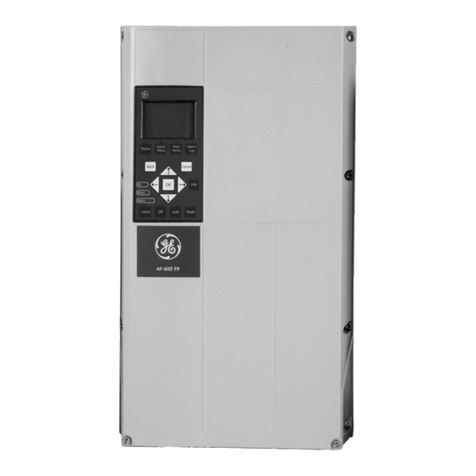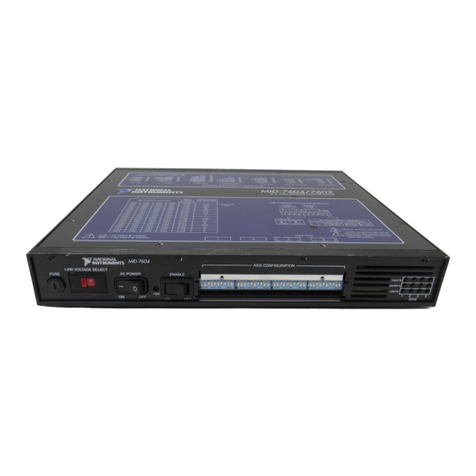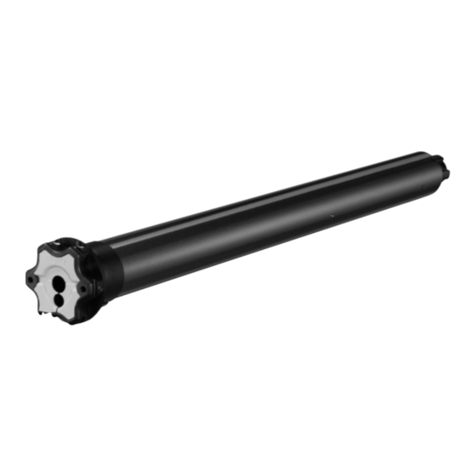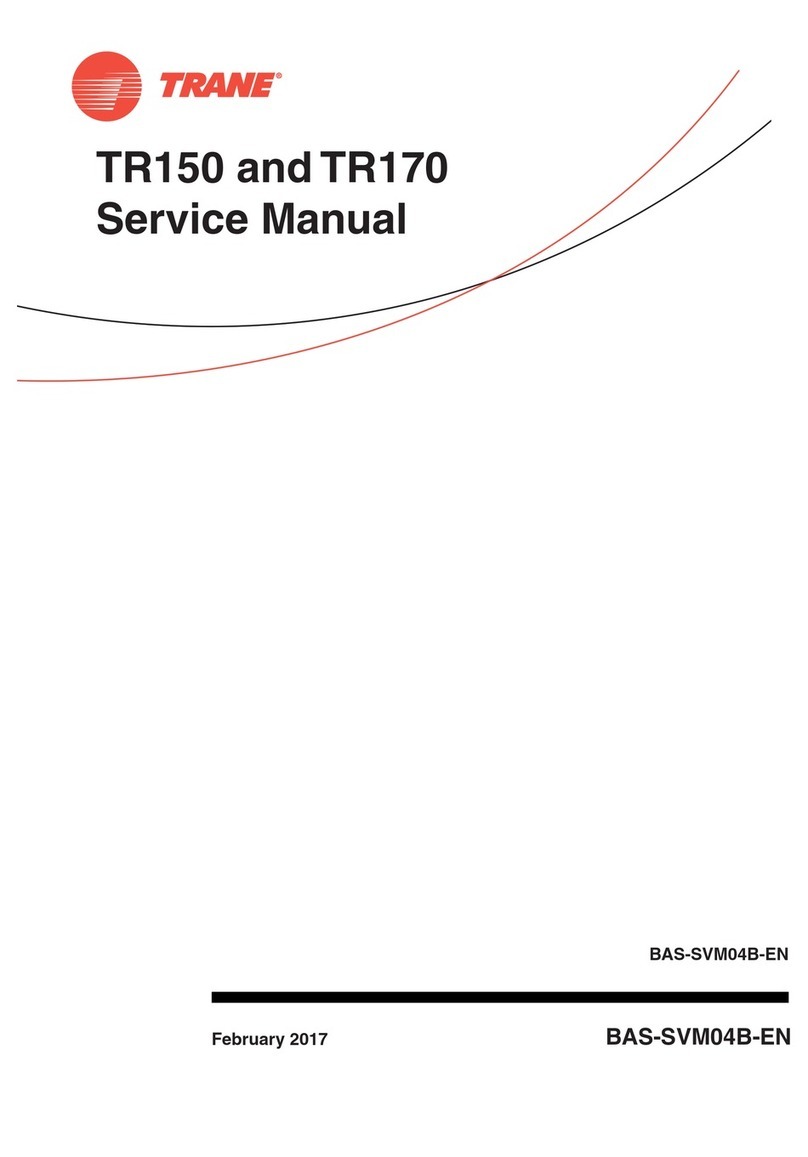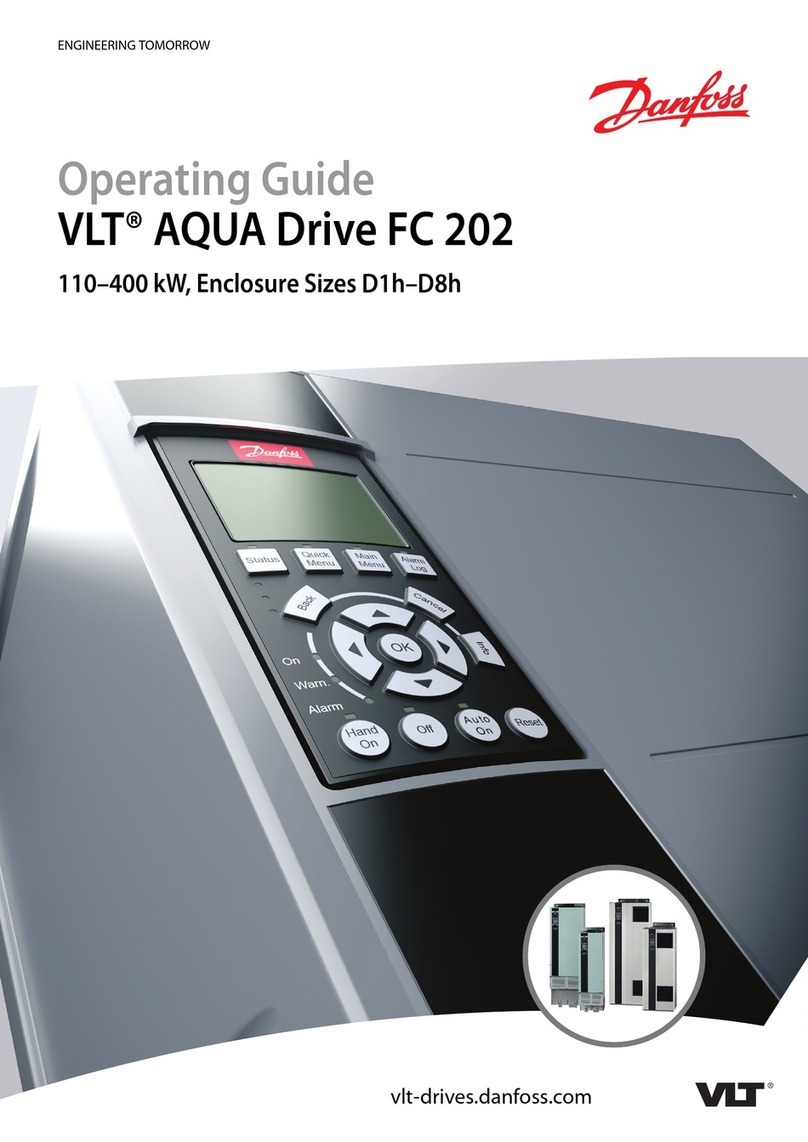GE AKD-8 User manual
Other GE DC Drive manuals

GE
GE Ecomagination AF-600 FP Operating instructions
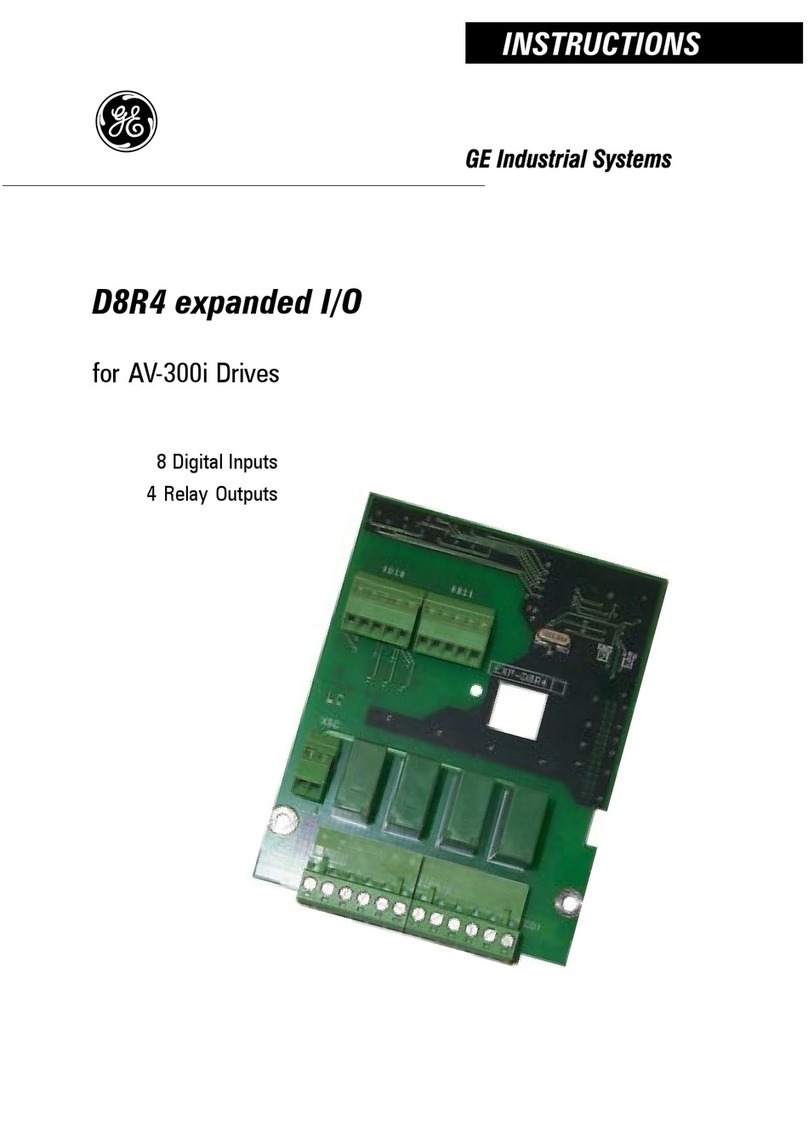
GE
GE D8R4 User manual
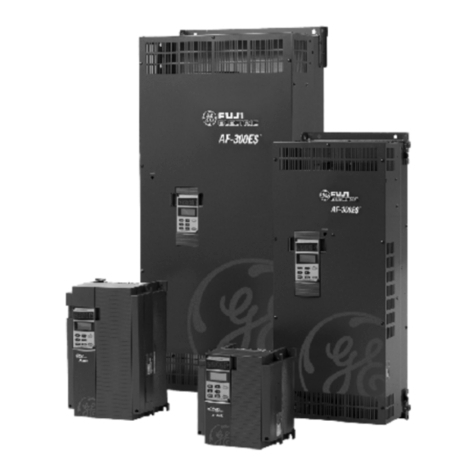
GE
GE Fuji Electric AF-300ES User manual
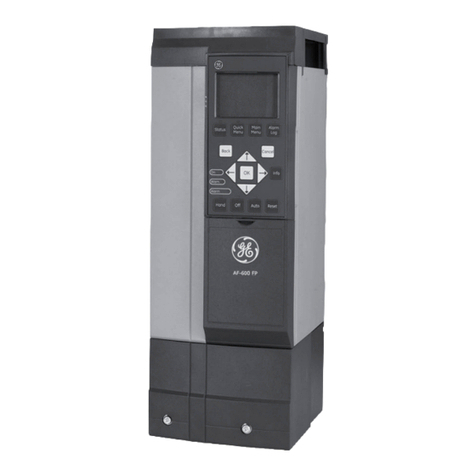
GE
GE AF-600 FP Series User manual
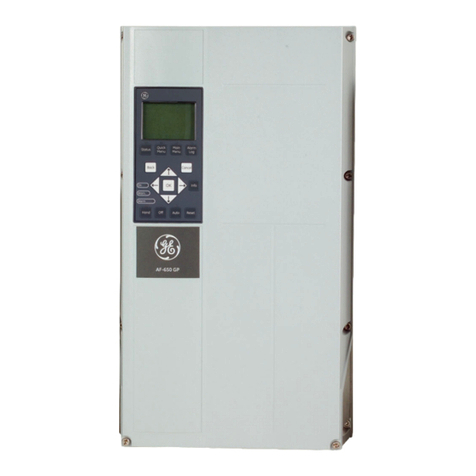
GE
GE AF-650 GP Series Guide

GE
GE AF-650 GP Series User manual
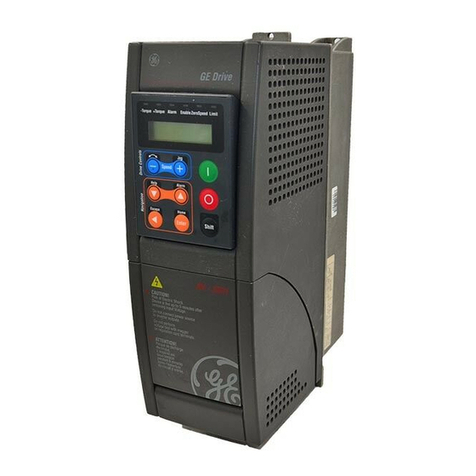
GE
GE AV-300i User manual

GE
GE 6KLP23001X9A1 User manual

GE
GE AF-650 GP Series User manual

GE
GE AF-600 FP Series User manual

GE
GE AF-650 GP Series Operating instructions
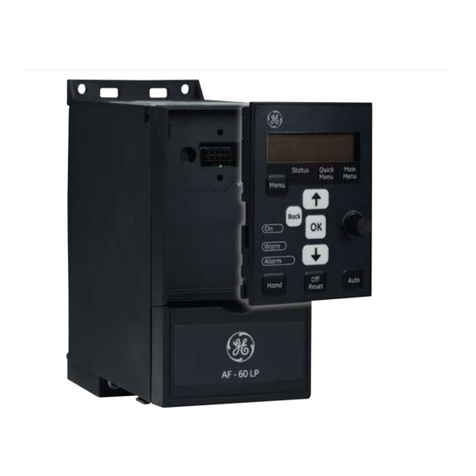
GE
GE AF-60 LP Operating instructions

GE
GE AF-650 GP Series Operating instructions
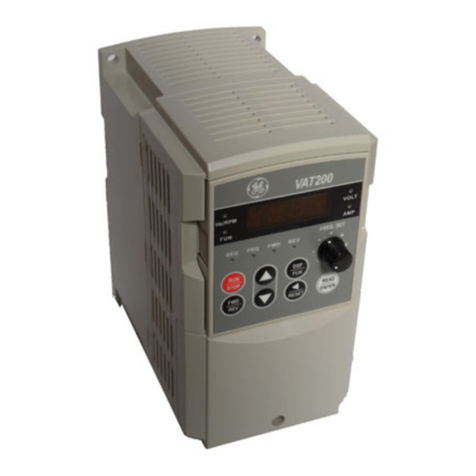
GE
GE VAT200 User manual
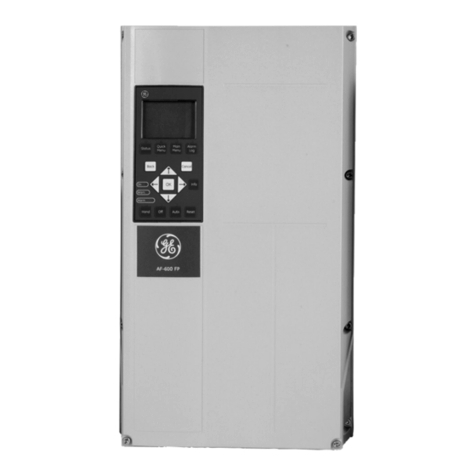
GE
GE AF-600 FP BACnet User manual
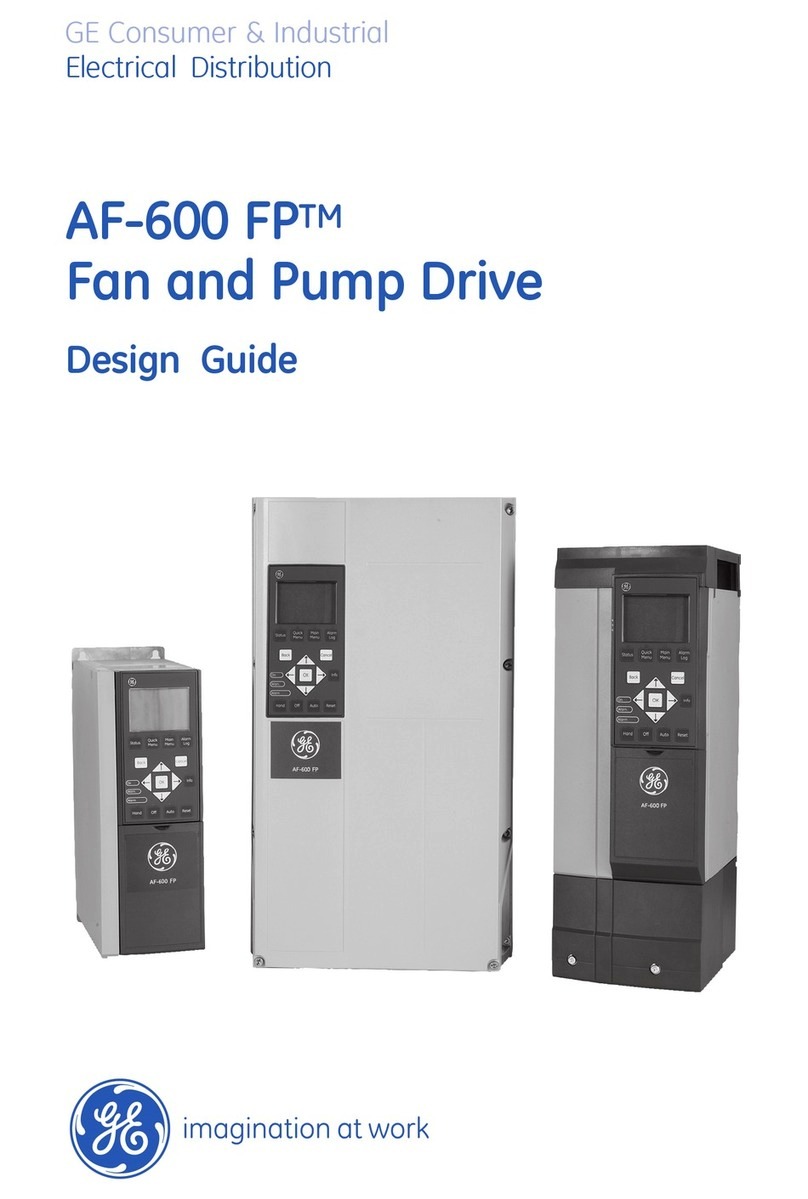
GE
GE AF-600 FP Series Guide

GE
GE Fuji Electric MICRO-SAVER AF-300 User manual

GE
GE AF-600 FP Series User manual

GE
GE AF-600 FP Series User manual

GE
GE AF-650 GP Series User manual
Popular DC Drive manuals by other brands

Geckodrive
Geckodrive G213V manual

ABB
ABB RSYC-01 user manual

Rockwell Automation
Rockwell Automation PowerFlex 700S Programming manual

WEG
WEG DeviceNet CFW500 user manual

Siemens
Siemens SINAMICS G List manual
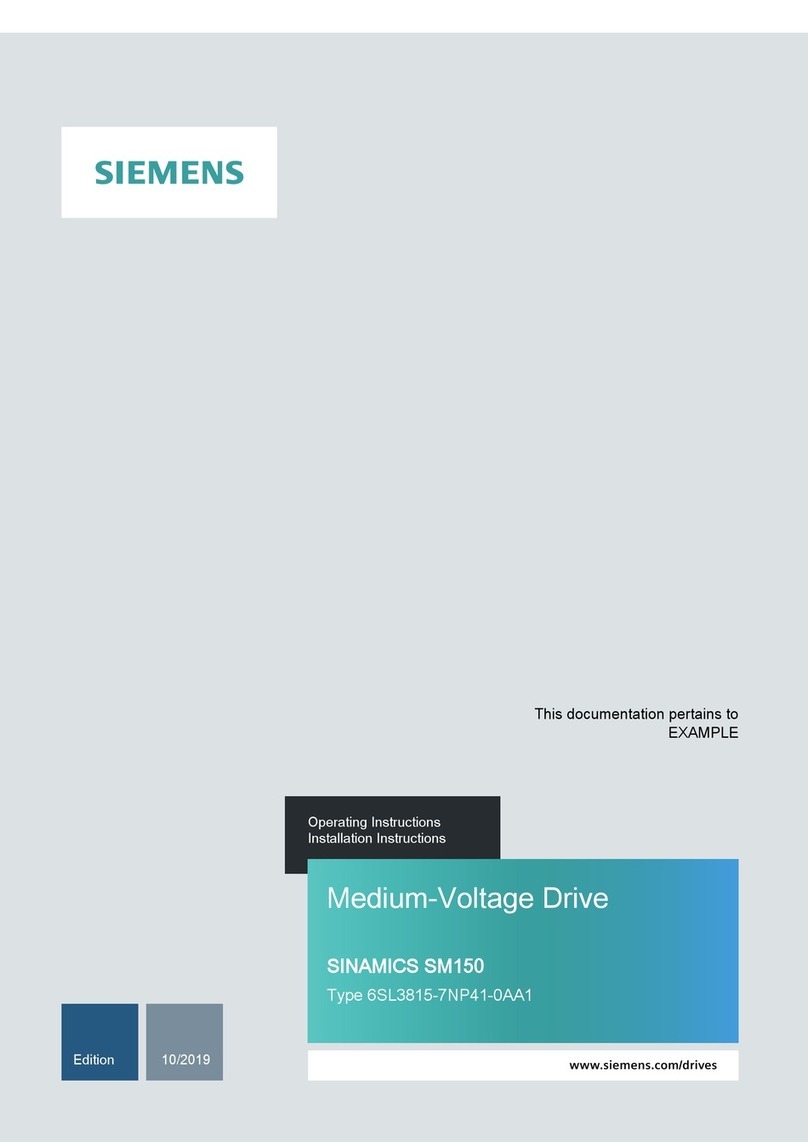
Siemens
Siemens SINAMICS SM150 6SL3815-7NP41-0AA1 Operating instructions & installation instructions
